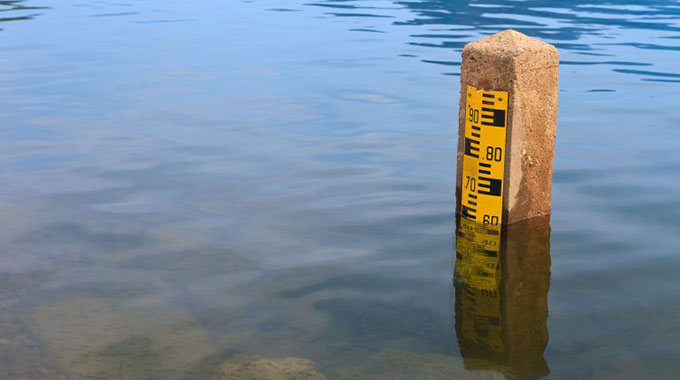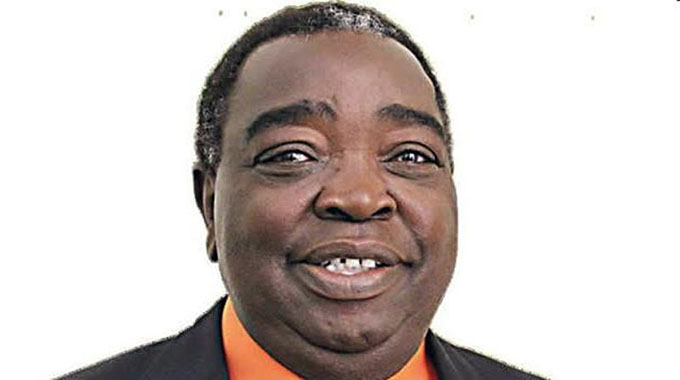Dam levels rise to 62pc full

Agriculture Reporter
Zimbabwe’s major dams now hold 62 percent of their combined capacity, with some minor dams spilling while Tugwi-Mukosi Dam, the country’s largest interior water body is now over 70 percent full and well on its way to spilling for the first time.
The increase in dam levels points to improved water security for towns and cities as well as for irrigation for this year’s winter cropping season, although some minor dams remain less than half full.
Zimbabwe National Water Authority marketing and corporate communications officer Mr Tsungirirai Shoriwa yesterday said water levels had continued to rise owing to the rains being experienced in most parts of the country.
“As of January 4, 2020, the national dam level average had risen to 62 percent. Gwayi Catchment had a dam level average of 75,7 percent, Manyame 59,7 percent, Mazowe 41,9 percent, Mzingwane 59,4 percent, Runde 62 percent, Sanyati 94,5 percent and Save 55,6 percent.
“A good number of dams including Muzhwi, Marovanyati, Zhovhe, Ngwenya, Exchange, Lower Mgusa, Insukamini, Pollards, Tokwane, Nyadire, Silalabuhwa, Whitewaters, Sebakwe and Bangala are now full and spilling,” he said.
Dams that still have low water levels include Harava under Manyame Catchment which is for water supply.
It is 6,7 percent full while Blockley dam for irrigation and water supply is 13,8 percent with Osborne dam under the Save catchment is 35 percent full.
Mzingwane Dam, which is for irrigation, is 20,7 percent.
Mr Shoriwa appealed to consumers across the board to use water sparingly.
The country has continued to receive rains.
The Meteorological Services Department said Matabeleland North, Harare metropolitan, Bulawayo metropolitan, northern areas of Midlands and all Mashonaland provinces were expected to be mostly cloudy and humid with scattered thunder showers.
“Localised heavy rains are probable in areas along the main watershed,” said the MSD in its weather update.










Comments